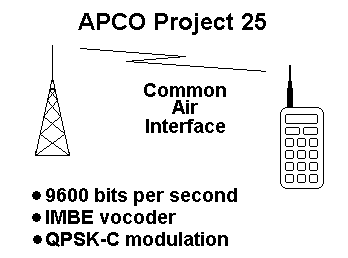

Today, cryptography is used in nearly all forms of modern communications to provide authentication and privacy. Midway was the turning point in the war in the Pacific, in no small part thanks to the Navy cryptanalysts. Navy and Marines were able to adjust their forces and eventually claim victory. Knowing Midway would be attacked, the U.S. Two days later, on May 12, 1942, a Japanese message was decoded stating: “AF is short of water.” With Nimitz's approval, the Marines on Midway were told to send a plaintext message complaining about a lack of fresh water. Joe Rochefort, the officer in charge of the cryptanalysts, believed the Japanese were planning to attack a target codenamed “AF.” Rochefort also believed AF referred to Midway, but Adm. Despite breaking fewer than 15% of Japanese messages, Cmdr. Navy cryptanalysts in Hawaii had partially broken the Japanese Navy Fleet Code.

In 1942, the Japanese planned to surprise the American military on Midway Island, but their plan was thwarted in large part because U.S.
Perhaps the single greatest code-breaking success was Midway. Many historians believe the Allies' ability to read Enigma-enciphered messages and act on that information shortened the war by two years. In the European theater, first Poland and later the United States and Great Britain broke the main German cryptosystem, Enigma.
HOW TO DECRYPT APCO 25 ENCRYPTION CODE CODE
In more recent times, cryptography played a pivotal role in World War II thanks to Allied code breakers. Thus the “key” was the number 3, and the cipher algorithm to decrypt the message was “shift to the left.” To be useful at all, the key must have been a secret known only to Caesar and his army, but it is hard to imagine that the code existed for long before being broken. Julius Caesar, for instance, employed a secret code to communicate with his generals where each letter of his original message was replaced by the letter three positions to the right in the alphabet. The need to communicate privately has existed since ancient times.


 0 kommentar(er)
0 kommentar(er)
